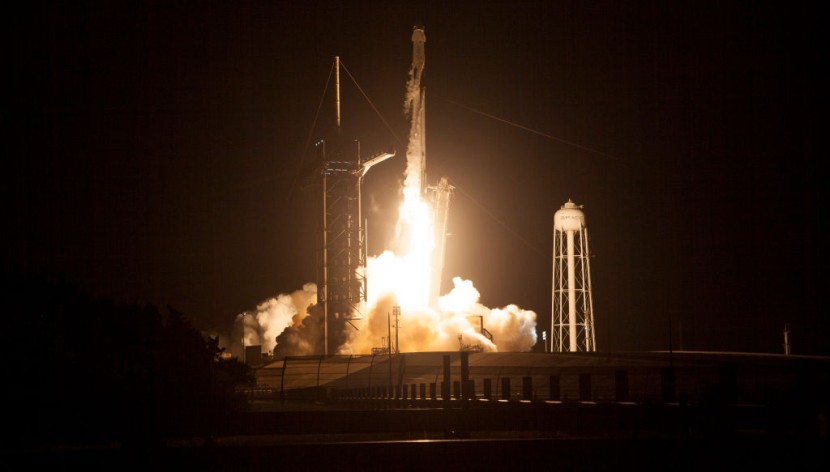
As it prepares to launch a new space race with the United States, China appears to be making a clone of SpaceX's next-generation rocket. A promotional video released over the weekend by China's largest state-owned rocket manufacturer showed a new spacecraft that looks remarkably identical to the Starship spacecraft being developed by SpaceX in Texas.
A starship-like rocket revealed during China's National Space Day
China's sixth "National Space Day" was held this weekend in Nanjing, the capital of one of the country's eastern provinces. Chinese space officials used the occasion to highlight the Chang'e-5 mission's recent return of lunar samples, some of which were on display, and to reveal the name of China's first Mars rover, Zhurong, which will arrive on the red planet in May.
The China Academy of Launch Vehicle Technology, China's largest state-owned rocket maker, also had a booth at the show that highlighted the potential for suborbital point-to-point transportation. It is a concept in which a spacecraft takes off from Earth, travels through suborbital space, and lands halfway around the planet in under an hour.
The promotional video, which was filmed and posted on Weibo in China, depicts two separate visions for achieving suborbital passenger flights in the next two decades. The video is curious because the first concept looks incredibly similar to SpaceX's Starship vehicle. It represents a huge vehicle that can take off and land vertically, as per Universe Today.
The video discusses the possibilities for rocket systems that could provide suborbital point-to-point transportation facilities, similar to what Elon Musk and SpaceX have planned for the Starship. Two separate models for achieving suborbital passenger flights are seen in the film, all of which could be operational by the 2040s. Eric Berger of Ars Technica saw the video and replicated it on Youtube to reach a larger audience. The animation starts with a spaceport and several launch pads in the background. On each, two-stage vertical takeoff and landing (VTOL) rockets that resemble the Starship and Super Heavy are visible.
The first stage booster returns to Earth after separation is also close to the Starship, showing that it is an entirely reusable system. Before the spacecraft starts a powered descent, we see passengers enjoying views of Earth and feeling brief weightlessness. The flight concludes with the spacecraft arriving in a large city that is many time zones apart since they come at night.
It has the identical triangular aerodynamic fins and stainless steel cladding as its American version and rests atop a similarly shaped rocket. The animation was on show in Nanjing, China's eastern capital, as part of the country's sixth National Space Day celebrations.
China's rocket manufacturer unveiled SpaceX's starship resemblance
Videos from the event were shared on Weibo, a Chinese social media platform, and later released by Ars Technica. The animation depicts the arrival of a spacecraft capable of making fast suborbital trips between two points on Earth, similar to Starship.
The clip nearly perfectly resembles a 2017 SpaceX animation, in which the rocket lands on a pad in the front skyline. The video shows Starship and its companion Super Heavy booster performing a vertical takeoff and landing from "Earth to Earth."
Starship was deployed on a series of crewless test flights by SpaceX, but the past four have all ended in dramatic explosions. The corporation plans to send astronauts to the Moon in the spacecraft as early as 2024, with a point-to-point flight arriving in the 2030s more likely, as per The Sun.
The rocket, once operational, could transport visitors from London to New York in under half an hour. According to analysts, the space travel market, which is currently worth around $414.30 billion, would be worth over $828.61 billion by 2030.
Point-to-point space flights will account for a $20.72 billion market, threatening to cut into long-haul plane travel. Virgin Galactic and Blue Origin, in addition to SpaceX, are attempting to transport visitors to space. In other reports, Elon Musk claims that SpaceX will land astronauts on the Moon within three years.
@YouTube
© 2025 HNGN, All rights reserved. Do not reproduce without permission.








